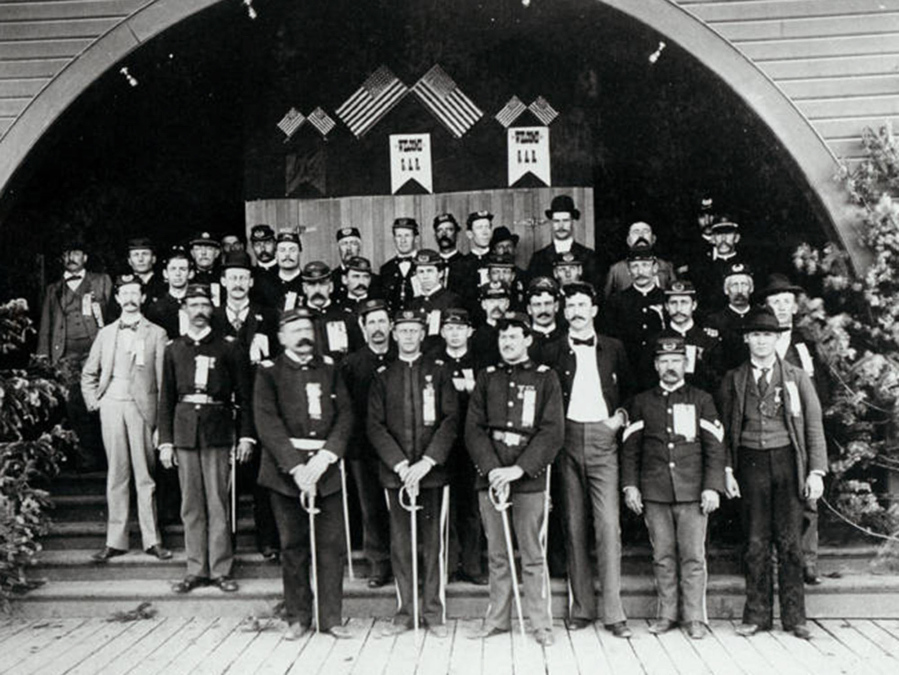During the Civil War, not much happened in Clark County. But that doesn’t mean the county lacks any history of the era. The deaths of two Union soldiers oddly bracket Vancouver’s connection to the violence. One was the first Union casualty and the other the last commander of the fraternal group Grand Army of the Republic, also known as GAR.
Shortly after the South stopped shelling Fort Sumter on April 12, 1861, Elmer Ephraim Ellsworth, 25, became the Union’s first casualty. He was a colonel of the 11th New York Infantry and had resided in Vancouver. Ellsworth was killed in Alexandria, Va., not on the battlefield but by a secessionist innkeeper on May 24, 1861. Vancouver named its Grand Army of the Republic post after him.
Eighty-nine years after Ellsworth’s death, the last head of the Grand Army of the Republic died of a heart attack at Vancouver Barracks Barnes Hospital. Theodore Penland, a 101-year-old Portland resident, was elected the last commander-in-chief of the Grand Army of the Republic the year before. Penland went to war at 16, and his death marked the end of the Grand Army of the Republic. When Penland died, fewer than 30 members remained, not enough to hold encampments.
After the Civil War, both sides formed groups catering to veterans. However, such organizations faced attrition because admission required service and their aging members were dying off. Formed in April 1866, the Grand Army of the Republic declared its objectives as fraternity, charity and loyalty. At its peak in 1890, it had 400,000 members.



